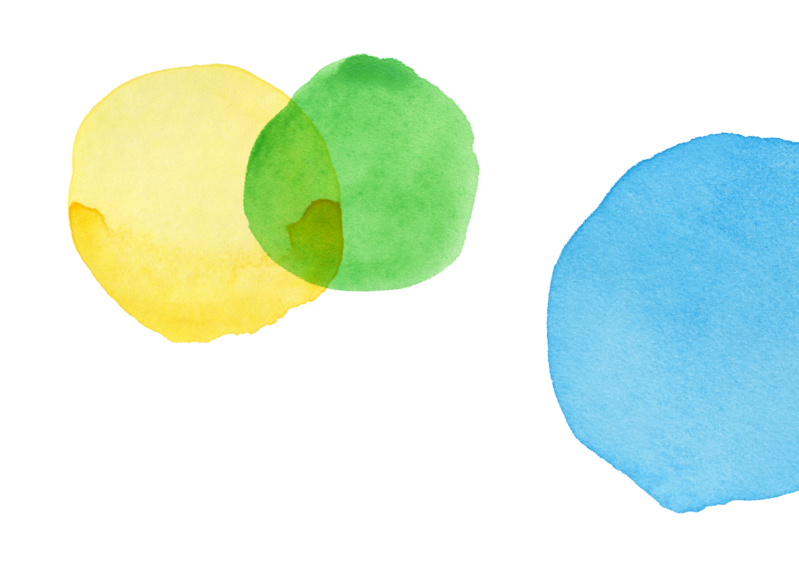Grade 3 - Claim 1 - Target D

 Back to Results
Back to ResultsMathematics
Target D
Solve problems involving the four operations, and identify and explain patterns in arithmetic
Sample Item
Grade 3Test
Claim 1
Concepts and Procedures
Standards
OA-8
Solve two-step word problems using the four operations. Represent these problems using equations with a letter...
OA-9
Identify arithmetic patterns (including patterns in the addition table or multiplication table), and explain them using...
Clarifications
These tasks will primarily consist of contextual word problems requiring more than a single operation or step. Most of these will be straightforward two-step contextual word problems coding straightforwardly to 3.OA.D.8. These problems serve...
Range Achievement Level Descriptors
Evidence Required
1
The student identifies arithmetic patterns including input/output models, number lines, addition tables, and multiplication tables.
2
The student solves one-step, real-world contextual problems using addition and subtraction within 1000.
Item Guidelines

Depth of Knowledge
M-DOK1
Recall includes the recall of information such as fact, definition, term, or a simple procedure, as well as performing a simple algorithm or applying a formula. That is, in mathematics a one-step, well-defined, and straight algorithmic procedure should be...
M-DOK2
Skill/Concept includes the engagement of some mental processing beyond a habitual response. A Level 2 assessment item requires students to make some decisions as to how to approach the problem or activity, whereas Level 1 requires students to demonstrate a...
Allowable Item Types
- Equation/Numeric
- Fill-In Table
Allowable Stimulus Materials
addition tables, multiplication tables, number lines
Key/Construct Relevant Vocabulary
equation, multiply, divide, factor, product, quotient, subtract, add, addend, sum, difference, estimation, estimate, rounding, patterns
Allowable Tools
None
Target-Specific Attributes
Numbers used in addition and subtraction can include numbers greater than 100 and solutions less than 1000. Multiplication and division facts used are single digits within 100.
Accessibility
Item writers should consider the following Language and Visual Element/Design guidelines [1] when developing items. Language Key Considerations: Use simple, clear, and easy-to-understand language needed to assess the construct or aid in the understanding of the...
Development Notes
Anything measuring two-step multiplication or division for 3.OA.D.8 will either be assessed in Claim 2 or Claim 4. Addition and subtraction items for 3.OA.8 will reflect the guidelines of 3.NBT.A.2. Solving and assessing the reasonableness...


Task Models
Task Model 1a

Item Types
Equation/NumericDepth of Knowledge
M-DOK2Standards
OA-9
Target Evidence Statement
The student identifies arithmetic patterns including input/output models, number lines, addition tables, and multiplication tables.
Allowable Tools
None
Task Description
Prompt Features: The student is prompted to enter a number that completes a pattern. Stimulus Guidelines: Items should use numbers less than 100 for multiplication or division patterns. Items can use numbers up to 1000 for addition...
Stimulus
The student is presented with an ascending number line within 100 with the last number unknown.
Example 1
Example Stem: Enter the number that belongs in the box on the number line.

Enter your answer in the response box.
Rubric: (1 point) The student enters the correct number for the pattern (e.g., 52).

